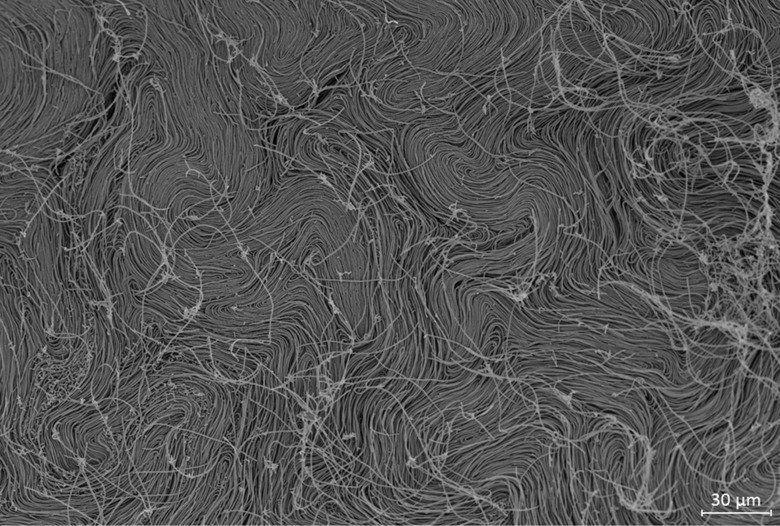New discovery of an enzyme that breaks down lipids

Researchers at Karolinska Institutet recently published a study in NPJ Biofilms and Microbiomes, that describes the findings of an enzyme that breaks down lipids.
In nature, microorganisms including bacteria display different shapes. Escherichia coli, a rod-shaped commensal bacterium of the human gut, can readily alter its shape upon exposure to stress. Upon many occasions, E. coli stalls cell division, but still grows in length, which leads to filamentous cells.
Phospholipases are enzymes that specifically hydrolize one or several ester bonds of neutral lipids and phospholipids, major cell membrane components. The study found that a single amino acid variant of a patatin-like phospholipase manipulates various physiological functions. These findings indicate rapid alteration in protein functionality by substitution of a single conserved amino acid in laboratory cultivated bacteria.
“We detected the variant in the patatin-like phospholipase by chance. It was basically a laboratory cloning artifact that we observed in the laboratory model organism Escherichia coli K-12,” says Ute Römling, professor in medical microbial physiology at the Department of Microbiology, Tumor and Cell Biology at Karolinska Institutet. ”However, we considered the effect of the expression of the variant enzyme as such dramatic that we were following up on this. In addition, the effects of the variant protein have not been restricted to the laboratory model, but were also seen in several commensal and pathogenic E. coli strains”.
Offers the possibility to study protein evolution
The observed substantial alteration or exaggeration in protein functionality offers the possibility to study protein evolution. As this amino acid substitution, at a conserved position in the protein, is not present in naturally occurring homologous proteins, the question arises what negatively selects against this amino acid substitution in the phospholipase.
“In combination with the observed alterations in cell morphology and physiology, we have not only a model system in place that will allow us to investigate potentially novel molecular mechanisms of regulation of cell division and biofilm formation, but also detrimental effects of the amino acid substitution”, Ute Römling concludes.
Publication
“Patatin-like phospholipase CapV in Escherichia coli - morphological and physiological effects of one amino acid substitution”
Fengyang Li, Lianying Cao, Heike Bähre, Soo-Kyoung Kim, Kristen Schroeder, Kristina Jonas, Kira Koonce, Solomon A. Mekonnen, Soumitra Mohanty, Fengwu Bai, Annelie Brauner, Vincent T. Lee, Manfred Rohde & Ute Römling
npj Biofilms and Microbiomes 2022
